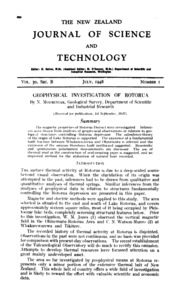asheshouse
Member
No idea how dousing rods work but I have used simple bent coat hanger type dousing rods in the past with success. I recall using them in the past to check an area at the rear of my house to check for buried services before excavating 1.0m to create a patio. Got a consistent response on one line which I couldn’t make sense of, until I looked up and realised it was directly under an overhead electric cable! So perhaps the response is due to some sort of electro magnetic anomaly?
Also tried dousing rods on Llangattwg, which resulted in the discovery of a small cave, Ogof Llungwyn. Opened up after three days digging. (1990’s).
Also tried dousing rods on Llangattwg, which resulted in the discovery of a small cave, Ogof Llungwyn. Opened up after three days digging. (1990’s).





